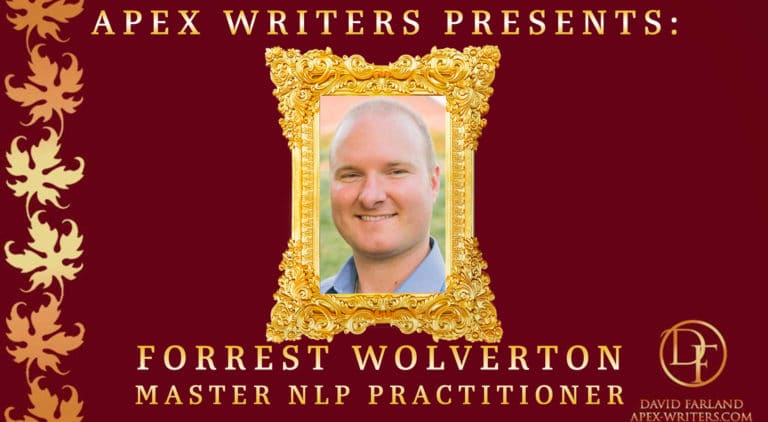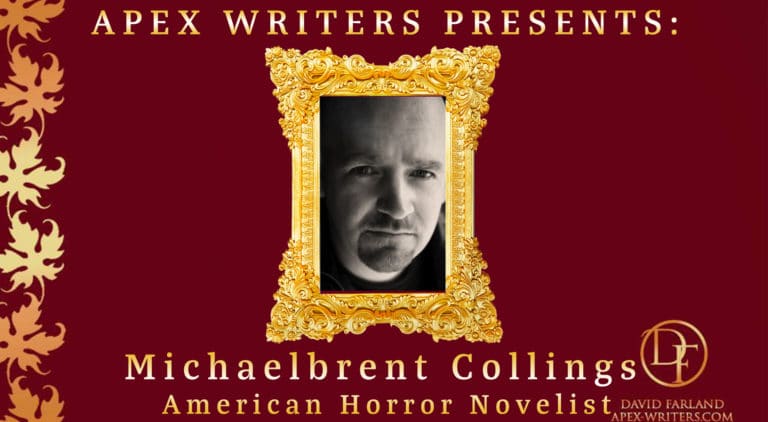Piece by Piece
This month is NaNoWriMo, and I want to help you write your novel. On Wednesday night of this week, we had a Q & A with Brandon Sanderson, and the question of plotting your book’s outline came up. Brandon gave us this link to the outline for his book Skyward. I’m here to help you further by helping you create your plot for your novel.
As I imagine the story piece by piece, a novel eventually takes shape. But I want to emphasize that, for me at least, books don’t “take shape” by accident.
You often begin plotting your story with very little in mind—a powerful image from a dream, a play on words overheard during a conversation, an emotion that we want to capture, a clever idea for a twist. As these ideas coalesce, we begin to form a story.
I often feel that the ideas that give me the genesis of a story are like pieces to a puzzle—a puzzle that I will create. Yet when I first imagine them, I only glimpse parts of a complete image—a flash of blue sky here, the eye of a monster there, a mouse in a meadow.
I was reading an article recently about Madeline L’Engle, who wrote about how she once went through a five-year dry spell as a new writer. In her memoir The Summer of the Great-grandmother, Madeline recalls telling her mother about people who say they’d like to write books, yet somehow can’t. “The reason they don’t ever get around to writing the books is usually, in the young, that they have to wait for inspiration, and you know perfectly well that if an artist of any kind sits around waiting for inspiration, he’ll have a very small body of work,” she said. “Inspiration usually comes during work, rather than before it.”
Finding the Inspiration

I agree. Most of my inspiration comes while plotting and composing a book.
Now, as I’ve said before, your plot arises in part from your characters. By that I mean that as you create your characters, you will give them personality traits, a level of genius, a voice, and certain ways of perceiving and responding to the world that limit the scope of how they will handle the conflicts that you throw at them.
Your plots are intricately tied to the conflicts that the characters are faced with. If your character is facing a wife who cheats on him, you will have to deal with that in your story. Your character must somehow come to recognize this as a problem—by discovering that she is cheating. He will then have to figure out how to resolve the problem. For example he might try getting counseling with her. Or he might try beating her. He might opt to push her lover into a meat grinder. Maybe he will go to the gym and make himself more attractive. Ultimately, he will win his wife back, lose her completely, or perhaps realize that she was no danged good in the first place. But once you select your major conflicts, you’re locked into dealing with them.
A Novel Doesn't Have Just One Plot
A complex novel may have a dozen plots. As I’m plotting my novel, I take each of my main viewpoint characters and create a plot chart for each one. Each important conflict gets charted out.
For example, let’s get to our cheating wife. Maybe that is an external conflict. Our character has to figure out how to handle the powerful and sexy athlete who is courting his wife.
Meanwhile, my protagonist might have other problems. He’s lost his job as a truck driver, and he needs to figure out how to make money—fast! His romance conflict and his monetary conflict will each get their own plot chart.
Perhaps he has an internal conflict. He’s never had great self-esteem, and these double blows are making him feel suicidal. Maybe he tries to figure out how to build his self-esteem. He goes to the gym, listens to Forrest Wolverton tapes, and has an affair with floozy at the local bar. That gets its own plot outline.
Then I go through that same process for every one of my viewpoint characters, and I draw their story arcs in different colors so that I can track them visually.
Writing It Down

When I’m done, I get a huge piece of paper and put all my plots onto one paper.
By doing this, I can establish a timeline. I can see visually who is going through trouble, what they’re trying to do to resolve their conflicts, how they are affecting one another. This way, I can see how the novel will progress from chapter to chapter, so that I can control my pacing throughout the entire novel.
Thus, I might actually chart nine or ten plot lines for a single novel. In fact, secondary characters who are not viewpoint characters often have stories happening to them, and these too might figure into my outline.
I can recall one novel, Brotherhood of the Wolf, where I outlined twelve plot lines before I began to write. (But please note that when you create that many stories in an individual novel, the book tends to expand dramatically. It is often best to keep your novel down to three main characters. Some writers prefer to deal with only one or two protagonists.)
Sketch It Out
So, as you plot, consider the value of sketching several story lines at once, recognizing that in pivotal scenes your characters will confront one another and, as a result, change their course of actions and the outcome of the novel in interesting ways.
As Madeline L’Engle said, inspiration for writing nearly always comes when you are doing the work itself. For me, most of my inspiration comes not during the research or brainstorming phase, but during my heavy-duty plotting phase. My inspiration comes as I try to take my roughly drawn characters with their basic conflicts and try to figure out how to plot my story.
With every decision that a character makes, with every course of action they begin, I search for interesting ways that the story might diverge from the norm. In short, I want to find ways to surprise the reader.
A great character is surprising. As a writer, I might give a character surprising motivations to act a certain way. I might have them act in way that is unanticipated, or I might have them react in a surprising way. Can you see that with each decision a character makes, there are multiple opportunities to create surprise, and draw the reader deeper into the tale?
Discovery Writing

But I have a confession here to make. I don’t plot my whole story and then write it all exactly as outline thereafter, at least not in most cases. Some people like to pre-plot a novel, but I find a lot of joy in “discovery writing,” making some things up as I go.
Years ago, I wrote a Star Wars novel where I had to create the plot and sell the book based on an outline. I had a lot of fun outlining the novel, but halfway through writing it, I realized that composing it felt too much like real work—like digging fence-post holes or working on an assembly line. I’d had all of my fun up front, in creating the outline, and thus the writing became drudgery. So, I don’t write strictly by plot anymore. Instead, I will have a vague notion of how my novel will end. I then sit down and plot the first third of my novel, write it; outline the next third, write it; and then outline and write to the end.
To my surprise, a few years ago I spoke on a panel on plotting at Gencon in Indiana with nine other New York Times bestsellers. I was surprised to find that all of them were plotters, too, but that we all faced the same problem: we’d plot a novel and discovered a third of the way through that the novel had grown and changed in ways that we hadn’t imagined, so we all had to stop and plot the next third or half of the book. I have theories about why this happens, but let’s just say that it does happen to most writers.
Flashes of Inspiration
So my answer to the problem became, “Plot your novel in thirds.”
Thus, as I write my opening, I find myself getting ideas for the rest of the novel, so that the next third pretty much plots itself—and so on. This lets me keep my creative juices flowing throughout the book while taking advantage of a structured approach to writing.
You see, it’s while I’m deep into writing my work that, quite often, my best ideas come to me. It’s only after pondering and considering alternatives over a period of weeks and months that I suddenly have those “flashes of inspiration.”

Forrest Wolverton is a Master NLP Practitioner and a frequent guest on Apex Writers. You can watch this and all other past recordings of Forrest on Apex as well as all our other past guests by going to https://www.apex-writers.com/

Michaelbrent Collings is an American horror novelist. He wrote the screenplays for two horror films: Barricade and Darkroom. He has self-published many novels, with two of his novels being finalists for the Bram Stoker Award in 2016, and two being finalists for the Whitney Awards in 2014 and 2017. He’ll be joining us on Monday evening at Apex.








